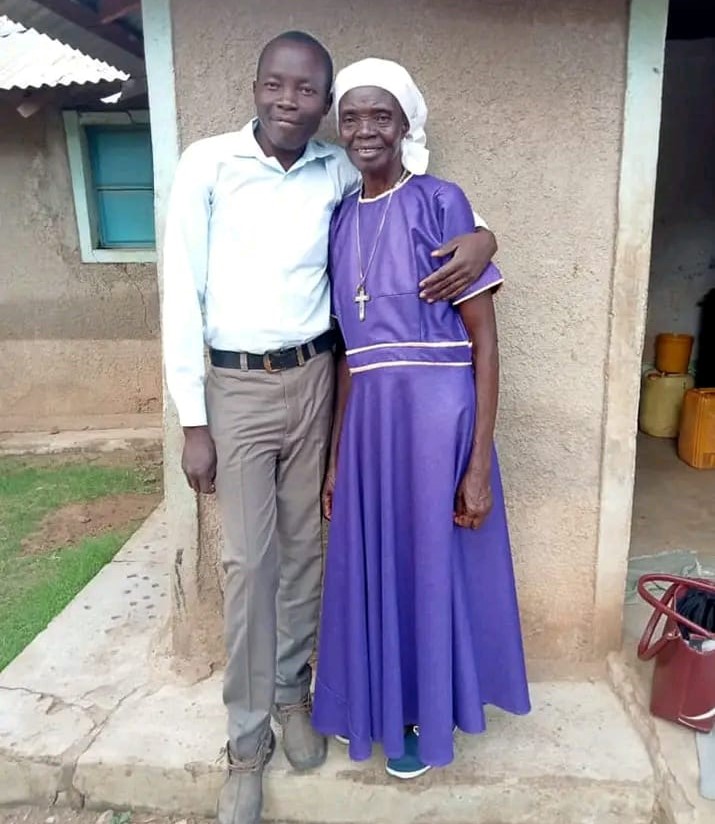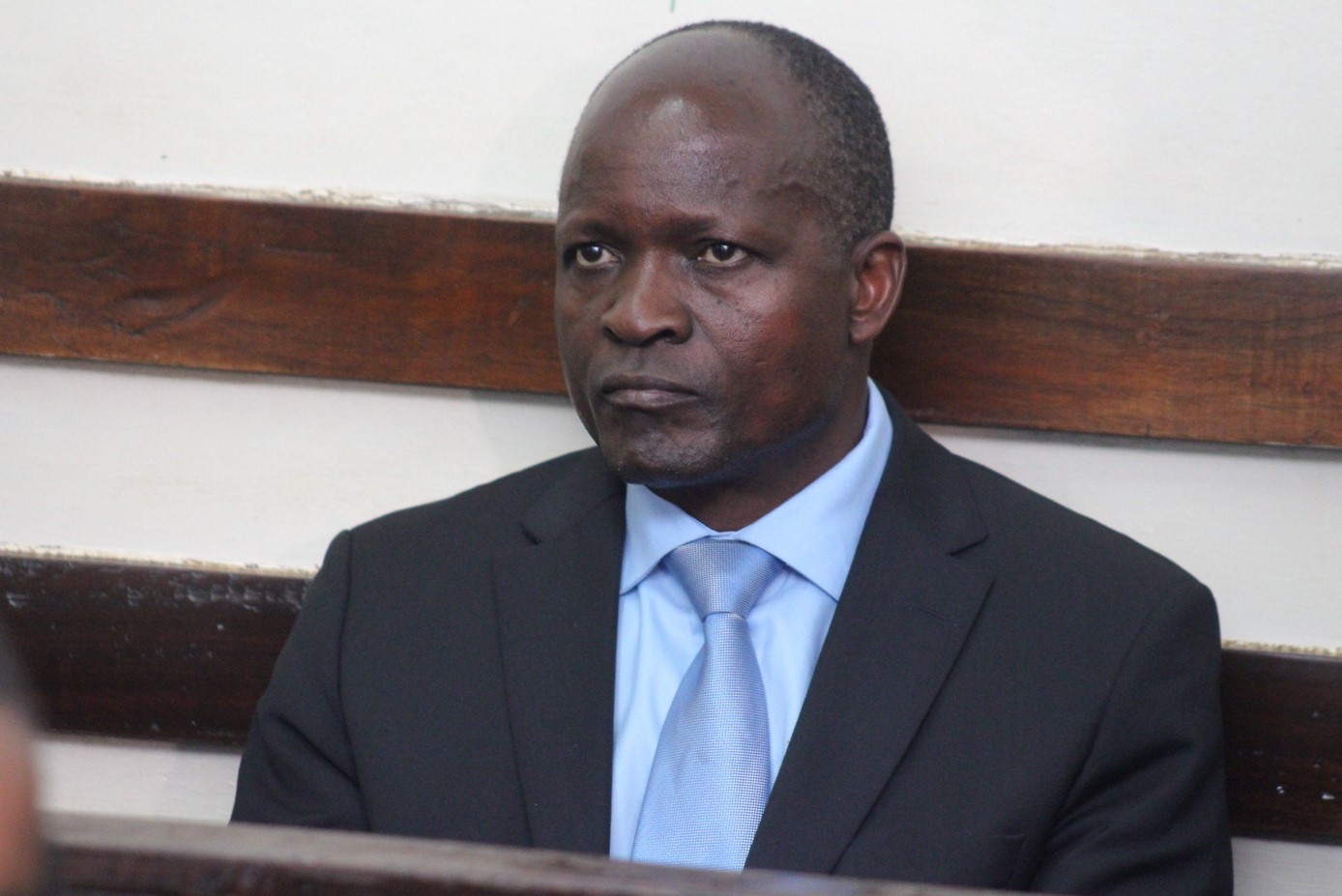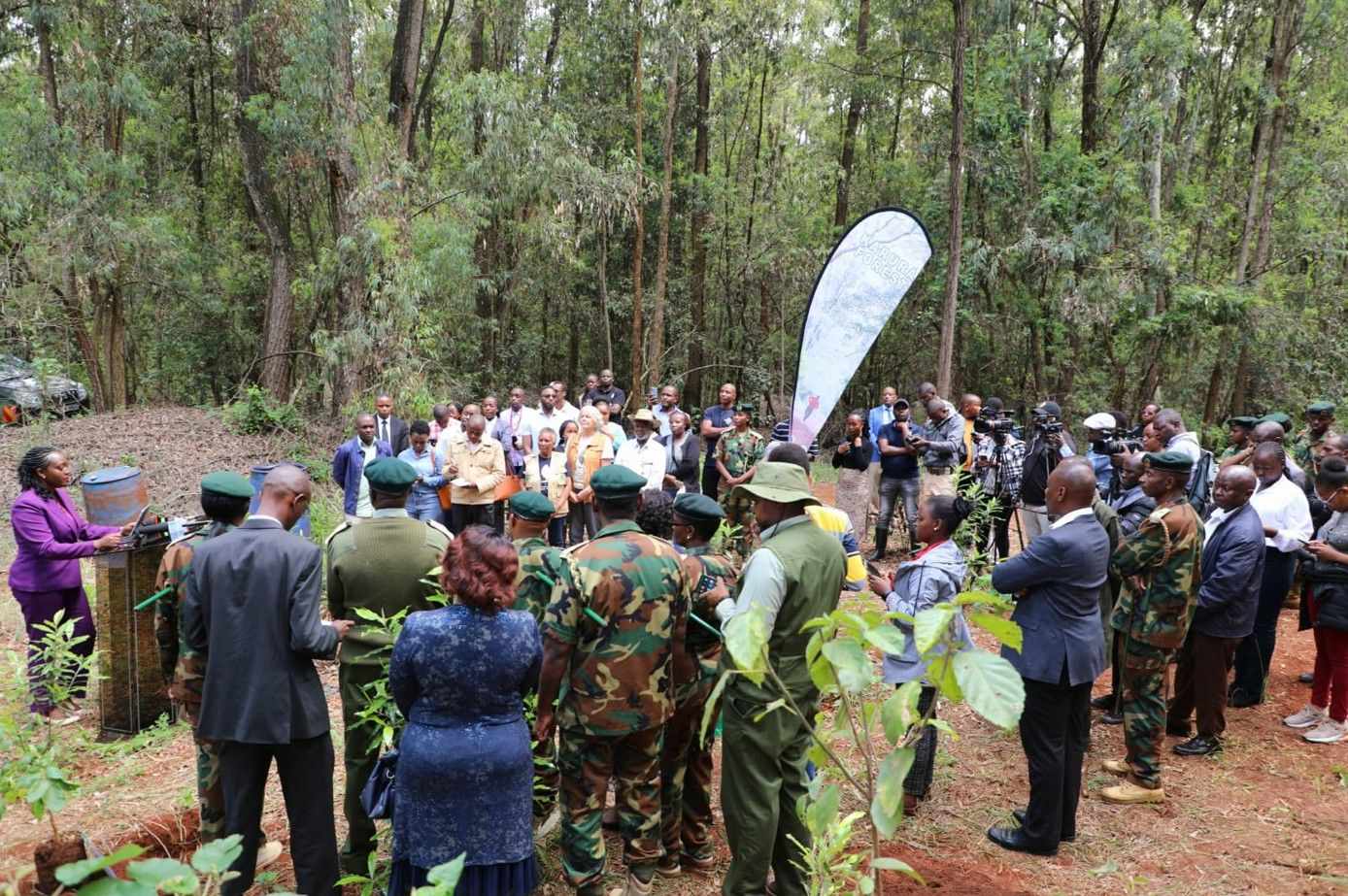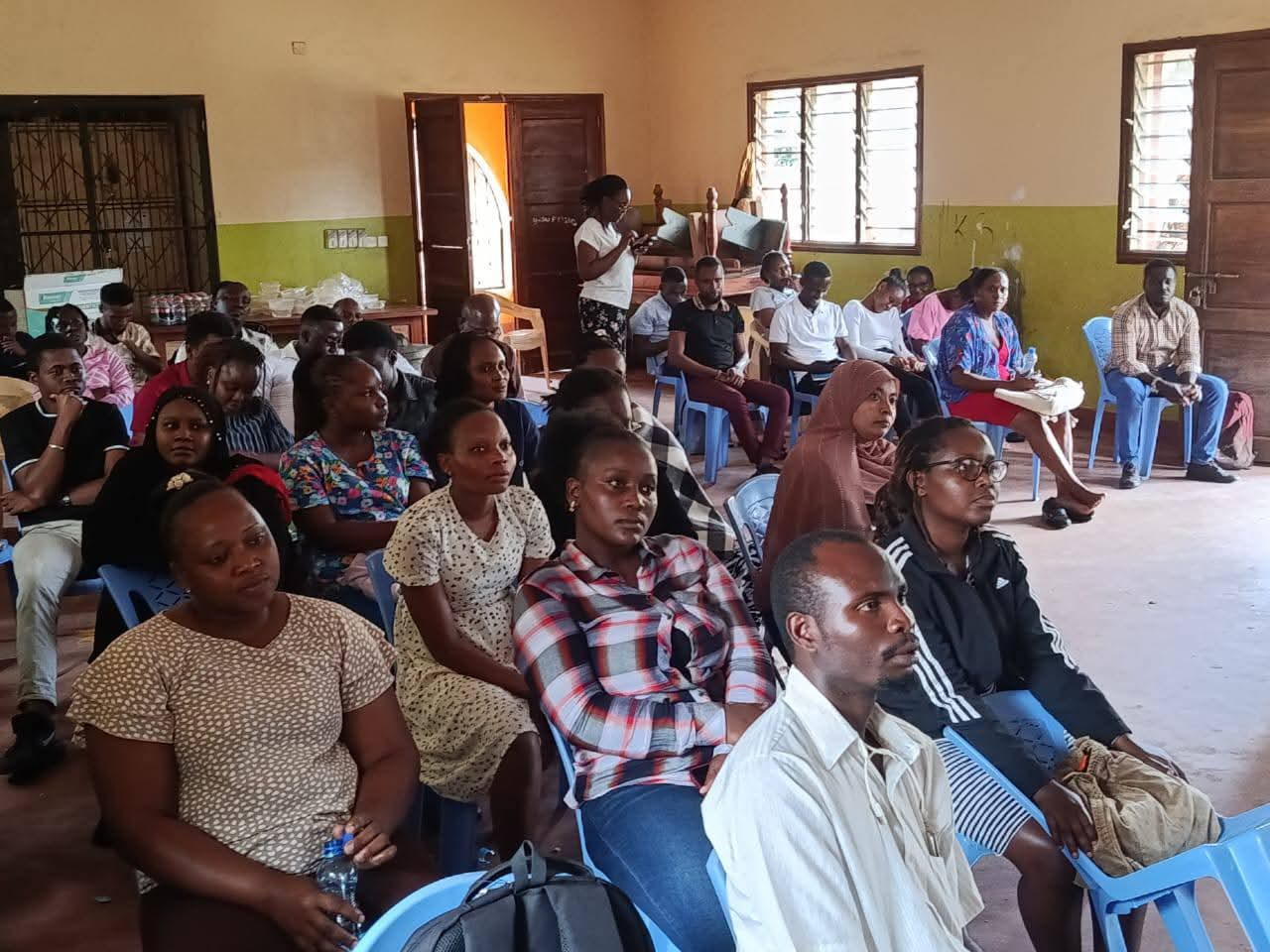Sickle cell survivor Polycarp Wafula defies odds at 42

Each year, approximately 14,000 children are born with sickle cell disease in Kenya in high-burden areas, and between 2 and 4 out of every 100 newborns are affected.
Throughout his life, Polycarp Wafula has faced a shadow cast by doubt and despair. From the moment he was diagnosed with sickle cell disease at just two years old, people around him, including doctors and well-meaning relatives, predicted he wouldn’t live long. As a toddler, they said he wouldn’t reach 12. As he grew, the warnings continued—few expected him to survive into adulthood.
Born as the youngest of 11 siblings, Wafula’s diagnosis weighed heavily, not only on his fragile body but on the hearts of his entire family. The news was particularly difficult for his retired father, who had little income to support medical expenses, and his devoted stay-at-home mother, whose love and resolve became his greatest source of hope. In a family already stretched thin, his illness became an invisible burden, shaping not just his own life but the lives of everyone around him.
This early struggle marked the beginning of a lifelong battle—not just against a disease that threatened his existence, but against a world that often misunderstood and underestimated him.
“The fear that I would die young was so deep that when it came time to divide our family land, my siblings wanted to leave me out completely, convinced I wouldn’t live long enough to claim my share. But my mother stood her ground fiercely and fought for me.”
Back then, sickle cell was not well understood and carried a strong stigma. The community, family members, and even teachers didn’t understand the disease. Despite efforts to explain, many still refused to believe or accommodate him.
“I remember my mother going to school to explain my condition, but some teachers thought we were exaggerating and still punished me physically. This had serious negative effects on my health and spirit,” he says.
Wafula’s childhood was marked by frequent hospital visits, blood transfusions, painful injections, and long trips for treatment, which placed a heavy burden on his family and relatives.
He often struggled with feelings of guilt, believing he was using up resources that could have gone to others. Some people even voiced this openly, which contributed to depression among many sickle cell patients, some of whom tragically took their own lives
Thanks to his mother’s unwavering support and encouragement, he managed to stay in school. However, society remained harsh, especially when it came to marriage. His biggest hurdle was when his then-girlfriend’s parents rejected him outright because of his condition. Even though they were family friends and his pastor at the time, they made it clear they could not accept him as their son-in-law because of his condition.
But fate had other plans. His girlfriend insisted on standing by him and even suggested they elope, something he was initially reluctant to do. Eventually, they discovered she was pregnant. Despite family conflicts, the woman was determined, and their family finally accepted their union.
“When we married, I didn’t know my wife’s sickle cell status. Our first child was healthy, but unfortunately, our second and last child had sickle cell and passed away. After five years, my wife also passed away, leaving me with our older daughter, who is a carrier,” Wafula explains.
 Polycarp Wafula, a sickle cell warrior and his mother. (Photo: Handout)
Polycarp Wafula, a sickle cell warrior and his mother. (Photo: Handout)
Later, tests revealed his late wife was also a carrier, which made the situation even more difficult. Determined not to repeat the same mistakes, he decided to carefully choose a partner to protect his future children.
“Many people don’t know their sickle cell status, which causes heartbreak. If you have sickle cell, it’s important to marry someone without it. If both partners have the disease, it brings many challenges,” he advises.
When he decided to settle down again, he tested every woman he considered marrying—12 in total. Only two were free of the sickle cell trait; the other ten were carriers. After witnessing the suffering of his first wife and children, he was unwilling to take any risks. He married the twelfth woman, who was healthy, and together they now have two children who are carriers but living healthy lives.
“What I’ve observed dealing with this condition is the lack of awareness. Many people believe it’s a death sentence. Even some caregivers push sick patients to the edge. But this disease is inherited—they didn’t cause it themselves; they got it from their parents,” he explains.
Recognising the ongoing lack of awareness about sickle cell anaemia, Wafula has dedicated his life to educating others about the disease. He works tirelessly to teach caregivers how to provide proper care for children affected by sickle cell. Now, at 42 years old, Wafula is thriving and actively volunteers with the Children Sickle Cell Foundation, an organisation committed to raising public understanding of the condition, promoting effective management strategies, and encouraging compassionate support from caregivers.
“Many people with sickle cell give up. Some even stop treatment or take their own lives because of constant complaints and judgment from caregivers. Caregivers need to realise it’s not the patient’s fault. They inherited the disease and deserve unconditional love and care.”
Dr. Esther Mwaura, a medical expert based in Nairobi, explains that sickle cell anaemia is a hereditary blood disorder characterised by the production of abnormally shaped red blood cells. Unlike healthy, round red blood cells, those affected by sickle cell disease take on a crescent or “sickle” shape. This abnormal shape causes the cells to become rigid and sticky, which can block blood flow in small vessels, leading to pain, organ damage, and other serious health complications.
 Polycarp Wafula teaching children with sickle cell anaemia. (Photo: Handout)
Polycarp Wafula teaching children with sickle cell anaemia. (Photo: Handout)
Sickle cell disease occurs when a person inherits two faulty genes, one from each parent, which affect their blood. If a person has only one faulty gene, they usually don’t show symptoms and are known as carriers.
The disease is diagnosed through a blood test, often performed at birth or during pregnancy. Treatment includes vaccines, medications to prevent infections, plenty of fluids, vitamins, and pain relief. Some patients may require blood transfusions or specialised medications.
Individuals living with sickle cell anaemia face numerous risk factors that can affect their overall health and quality of life. These risks include an increased susceptibility to infections due to a weakened immune system, episodes of severe pain known as vaso-occlusive crises, chronic anaemia, delayed growth in children, and potential damage to vital organs such as the spleen, kidneys, and heart.
Understanding these genetic risks allows couples to make informed decisions, seek proper counselling, and explore options such as prenatal testing or alternative family planning methods. This awareness is vital in reducing the incidence of sickle cell disease and improving the health outcomes of future generations.”
Each year, approximately 14,000 children are born with sickle cell disease in Kenya in high-burden areas, and between 2 and 4 out of every 100 newborns are affected. Child mortality rates from sickle cell disease remain high, with estimates showing that between 6 per cent and 15 per cent of children under five years old die from the condition. This is often due to late diagnosis, lack of awareness, and limited access to effective treatment. The economic burden is also considerable, with Kenya spending roughly 1.6 billion Kenyan shillings annually to manage sickle cell disease cases.
Globally, sickle cell disease affects an estimated 7.7 million people. Approximately 500,000 babies are born with the disease each year, and the majority of these births, about 79 per cent, occur in sub-Saharan Africa.
Sadly, in this region, up to 240,000 children are born annually with sickle cell disease, and up to 80 per cent of these children may die before reaching the age of five. Globally, sickle cell disease accounts for around 376,000 deaths every year, with many of these deaths occurring in young children.
Top Stories Today












































